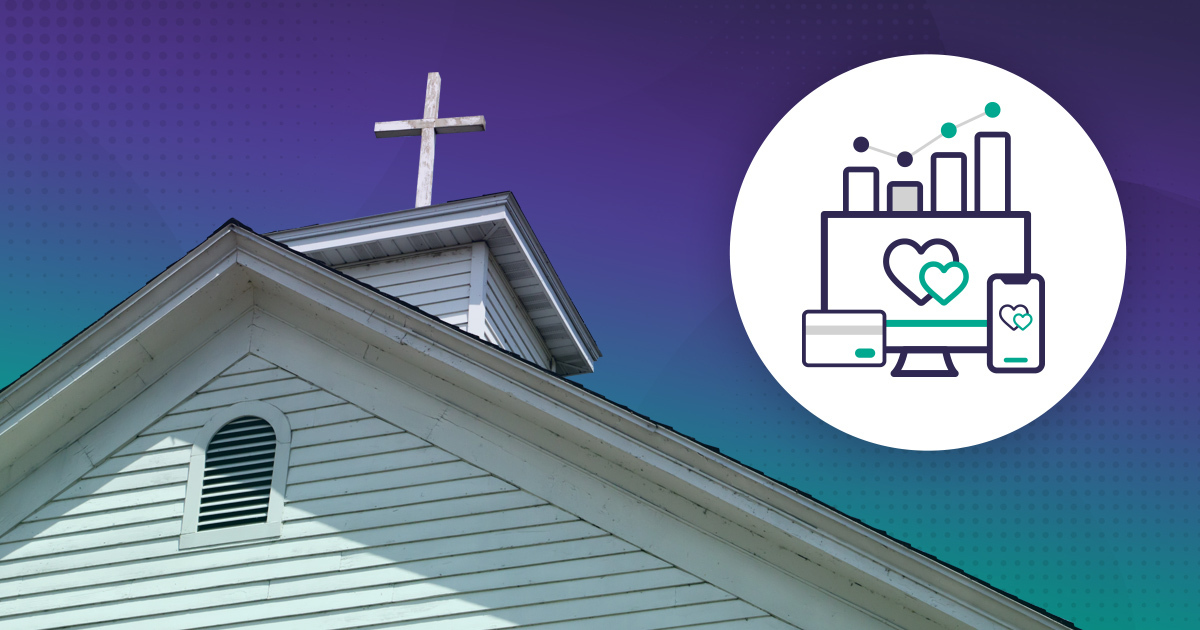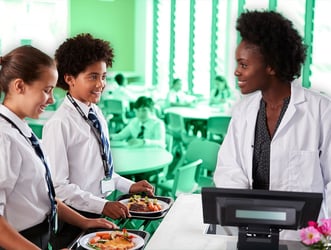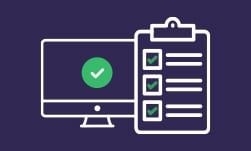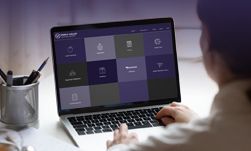
School cafeteria technology is transforming K–12 food service with faster checkout, cashless cafeteria systems, and more innovative nutrition tools. From pre-ordering apps to digital menu boards in schools, these solutions reduce waste, strengthen compliance, and improve the dining experience for students and families.
Today, students can pre-order lunches with mobile apps, while school cafeteria POS systems and tap-to-pay options keep lines short. Parents gain peace of mind with transparent parent portals that track spending, calories, and nutrition data.
This article explores the top school nutrition technology innovations—tools helping students improve efficiency, ensure compliance, and build sustainable cafeterias. It will also highlight how districts can use them to overcome the biggest K–12 nutrition challenges.
Key Takeaways
- Cashless POS and mobile payments speed up lines and reduce staff workload.
- Pre-ordering apps and digital menus improve participation and help schools cut waste.
- Nutritional tracking tools give students and parents visibility into healthy choices.
- Connected cafeteria systems ensure USDA compliance, protect reimbursements, and save time.
- Quick wins like auto-pay alerts, POS ↔ SIS sync, and waste tracking can be implemented in a single semester.
Table of Contents
- Key Technologies Enhancing Cafeteria Operations
- Benefits of Technology in School Cafeterias
- Ways Tech Solves K–12 Nutrition Challenges
- Quick Tech Wins to Implement This Semester
- Challenges and Considerations
- The Future of School Cafeteria Technology
- Quick Tech Wins to Implement This Semester
Key Technologies Enhancing Cafeteria Operations

Modern school cafeteria technology has introduced several tools that improve efficiency, accuracy, and the student experience. Among the most impactful are:
- Cashless POS systems: Solutions like Meal Magic and RevTrak support preloaded cards, mobile wallets, and tap-to-pay IDs. This keeps lines short, eliminates lost cash scenarios, and helps parents track balances and nutrition.
- Smart kiosks & digital menu boards: Self-service kiosks (e.g., SchoolBitez) let students browse menus, customize meals, track orders, reports, and analytics. Dynamic menu boards display specials, allergen warnings, and calories in real time, encouraging healthier selections.
- Pre-order school lunch apps: By letting students order ahead, schools reduce wait times and forecast demand more accurately. These platforms integrate with K–12 cafeteria software, aligning production with demand and cutting waste.
Together, these school cafeteria software solutions streamline service, facilitate food waste reduction, and create a more student-friendly dining environment.
Benefits of Technology in School Cafeterias

The adoption of school cafeteria technology delivers benefits that go far beyond convenience. Modern K–12 cafeteria software and cashless cafeteria solutions directly impact student participation, nutrition outcomes, and operational efficiency.
Below are some of the key benefits of technology in school cafeterias.
- Greater operational efficiency: Cashless POS systems, mobile payments, and pre-order school lunch apps shorten wait times, reduce bottlenecks, and eliminate manual entry errors. One study found that using POS systems in K–12 reduced lunch line wait times by up to 70% compared to traditional cash handling, allowing staff to focus more on food preparation and less on paperwork.
- Improved nutritional awareness: Digital menu boards in schools, nutrition tracking tools, and calorie information help students make healthier choices. For example, studies show that in a controlled trial among high school students using online canteens, the percentage of “Everyday” (healthiest) items purchased rose by 5.5% (P < 0.001). In comparison, purchases of unhealthy “Should not be sold” items dropped by 4.4%.
Also, in a long-term (18-month) study of online lunch ordering for primary school students, there was a +3.8% increase in healthy everyday items purchased, along with a reduction in energy content by about 74.1 kJ per order.
- Stronger student community: Personalized options via smart kiosks and pre-ordering platforms encourage students to explore new foods while accommodating vegetarian, vegan, cultural, or allergen-specific needs. A CDC report (2022) highlights that schools offering customizable and inclusive menus see a 15–20% increase in meal participation rates, which strengthens social engagement during lunch and reduces stigma around dietary restrictions.
In short, modern school nutrition technology enhances efficiency, promotes healthier food choices, and fosters a more inclusive dining environment for all students.
How Modern Cafeteria Tech Solves K–12 Nutrition Challenges
Today’s school cafeterias handle more than meals; they juggle compliance, payments, parent expectations, participation, and paperwork. In 2024, 21.4 million students, about 72.5% of all public-school lunches, received subsidized meals.
Participation patterns are also shifting: in 2023–24, 60% of NSLP schools offered universal free meals, up from 18% in 2014–15. These changes reshape demand, lines, and reporting.
That is where connected cafeteria technology offers faster payments, accurate data, improved communication, and streamlined service.
1. Speed up service and simplify staff work
Modern school cafeteria POS systems with tap-to-pay IDs, mobile payments, and cashier screens make training easy and reduce stress. These tools keep cafeteria lines moving quickly, ensuring students finish eating within short lunch periods (20 minutes at most) and participate more in school nutrition programs.
Digital menu boards in schools and pre-order school lunch apps allow students to select meals ahead of time, reducing wait times and improving healthy choices. Platforms like Meal Magic, GAIA, and SchoolBitez are built for K–12 speed and simplicity.
When you pair them with K-12 payment processors like RevTrak and SIS systems like PowerSchool and Skyward, you cut out manual tasks and let staff focus on serving.
2. Capture Reimbursable Meals Accurately and Protect Revenue
Schools lose thousands of federal reimbursements yearly from wrong meal counts and missed categorizations. If directors can’t fully trust their data, every audit feels like a gamble.
That’s why more cafeterias are turning to modern checkout systems. These tools automatically check meals against USDA requirements at the register, so counts for free, reduced, and paid meals are accurate from the start. No more late-night spreadsheet fixes, data flows straight into production records and daily reports.
The truth is, federal rules (7 CFR Part 210) demand detailed records for every reimbursable meal. Manual tracking makes mistakes almost inevitable, and auditors always notice. Automating meal counts at the point of service protects funding and saves hours of reconciliation work.
It’s no wonder directors nationwide say audit-ready reporting is a top priority. With budgets already stretched thin, schools can’t afford to lose reimbursements to preventable errors. The right tech ensures every qualifying meal is counted and claimed the first time.
3. Empower Families with Easy Payments and Full Transparency
Unpaid meal balances are draining school budgets and getting worse. The median district now carries $6,900 in meal debt—up 26% according to K-12 Dive.
Modern payment systems help families stay on top of their accounts without staff chasing them down. Low-balance alerts hit parents' phones before accounts run dry, and auto-pay or mobile wallet options let them add money instantly, even from the parking lot at drop-off.
When paying is this easy, families actually do it. But the impact goes beyond collecting money. Parents constantly call asking what their child ate or whether accounts need cash. Without easy access, office phones ring nonstop.
Parent portals solve this by showing meal histories, balances, menus, and allergen information. Families can check eligibility for universal meals, add money discreetly, and get instant answers without calling the school. The results?
- Fewer awkward moments at checkout.
- Dramatic drops in office calls.
- Less staff time wasted on collections.
- Students never face an empty account or lunch shaming at the register.
4. Connect your ecosystem—so you can scale without IT headaches
Many cafeterias juggle separate systems for POS, payments, inventory, and reporting, which creates mismatched data and wasted staff time. RevTrak software connects directly with SIS systems like Skyward and PowerSchool to keep rosters, eligibility, and balances in sync.
When paired with tools like Meal Magic, GAIA, and SchoolBitez, the system integrates inventory management, forecasting, and production planning with real POS sales. This reduces manual data entry, improves accuracy, and supports food waste reduction.
A case study from Nicolet Union High School shows how connected cafeteria technology simplified compliance and reporting. Staff reported it “saves hours” and makes audits easier. You can watch the full case study here.
Challenges and Considerations in Adopting New Technologies
Before districts invest in school cafeteria software, they need to weigh three key adoption challenges:
- Cost and budgeting: School Cafeteria POS systems, smart kiosks, and digital menu boards require upfront investment and ongoing maintenance. For underfunded districts, these costs can be significant, making it critical to evaluate funding sources and long-term ROI.
- Training and support: New technology means new skills for cafeteria staff. Without properly training staff, adoption can lag or cause frustration. Districts must budget time and resources for onboarding and ensure continuous support is available.
- Privacy and student data security: Cashless payment systems and pre-ordering platforms often handle sensitive information such as dietary preferences and payment details. Schools must implement robust safeguards, comply with data privacy regulations, and maintain transparency with parents about how information is used.
The Future of School Cafeteria Technology
The future of school cafeteria technology will bring even more personalized, sustainable, and engaging lunch experiences for students. Key changes we will see include:
- AI-driven personalization: Artificial intelligence will study what students like to eat, their dietary needs, and what they buy. Then, K–12 cafeteria software will suggest meals that balance nutrition with individual tastes. This helps students feel satisfied and helps promote better eating habits.
- Interactive AR/VR education: Cafeterias will become more than places to eat. Students may use AR/VR to explore where their food comes from, see nutrition information in 3D, or watch virtual cooking demos. This makes lunchtime exciting, engaging, and educational.
- Sustainability and waste reduction: School nutrition technology will focus more on eco-friendly practices. Tools like waste-tracking systems, better inventory management, and innovative menu planning will help schools cut food waste, lower costs, reduce environmental impact, and use more local ingredients. For example, about 45% of food startups using AI report reduced food waste.
Quick Tech Wins You Can Implement This Semester
Even if you aren’t going to a fully integrated school cafeteria technology stack that automates your tedious tasks, we would still recommend you complete these eight easy wins.
Do these first:
1) Get our complete kit to improve school lunches filled with templates, guides, and tools!
2) Turn on auto-alerts and auto-pay. Even modest adoption reduces staff time spent chasing balances and helps stabilize revenue. (Trending data shows unpaid meal debt is rising; proactive alerts help.)
Medium effort, high reward:
3) Audit your POS “reimbursable meal” rules. Ensure your claiming logic mirrors NSLP requirements and that reports export in your state’s preferred formats.
4) Connect POS ↔ SIS—Automate roster and eligibility sync to eliminate manual data entry—and mistakes.
5) Use sales data to plan production—link yesterday’s POS to tomorrow’s forecast to trim waste and stockouts. (Waste-reduction strategies can lower both footprint and cost.
6) Offer mobile, cashless options. Faster checkouts = shorter lines = higher participation; technology at the line reduces transaction time and improves the experience.
Optional but valuable:
7) Get our free overview on the top 30 ways to improve your school lunch program.
8) Ask the experts at RevTrak, who’ve helped 13,000 schools and counting, how to streamline their tech. Sign up for a free consultation!





.jpg?width=588&height=201&name=School-Lunch-Kit_blog_CTA_image%20(1).jpg)





